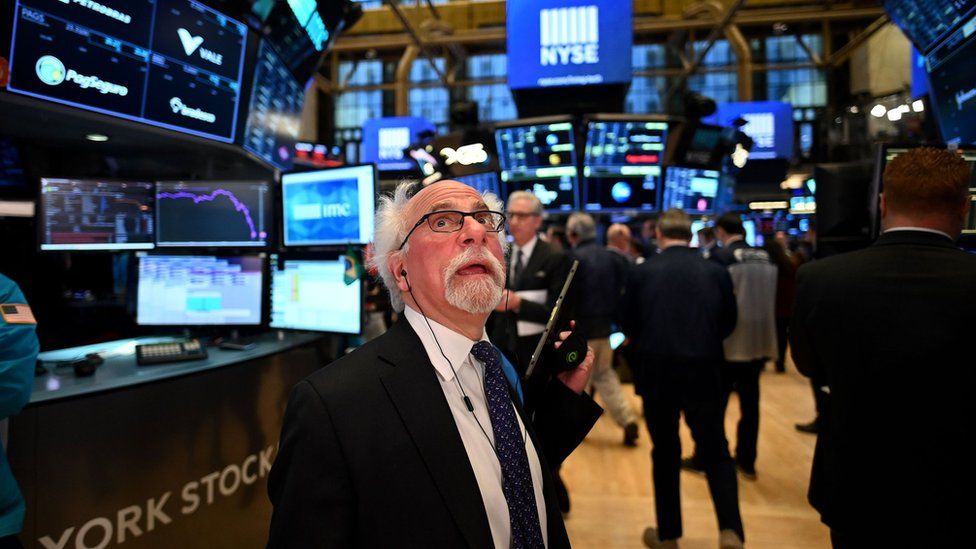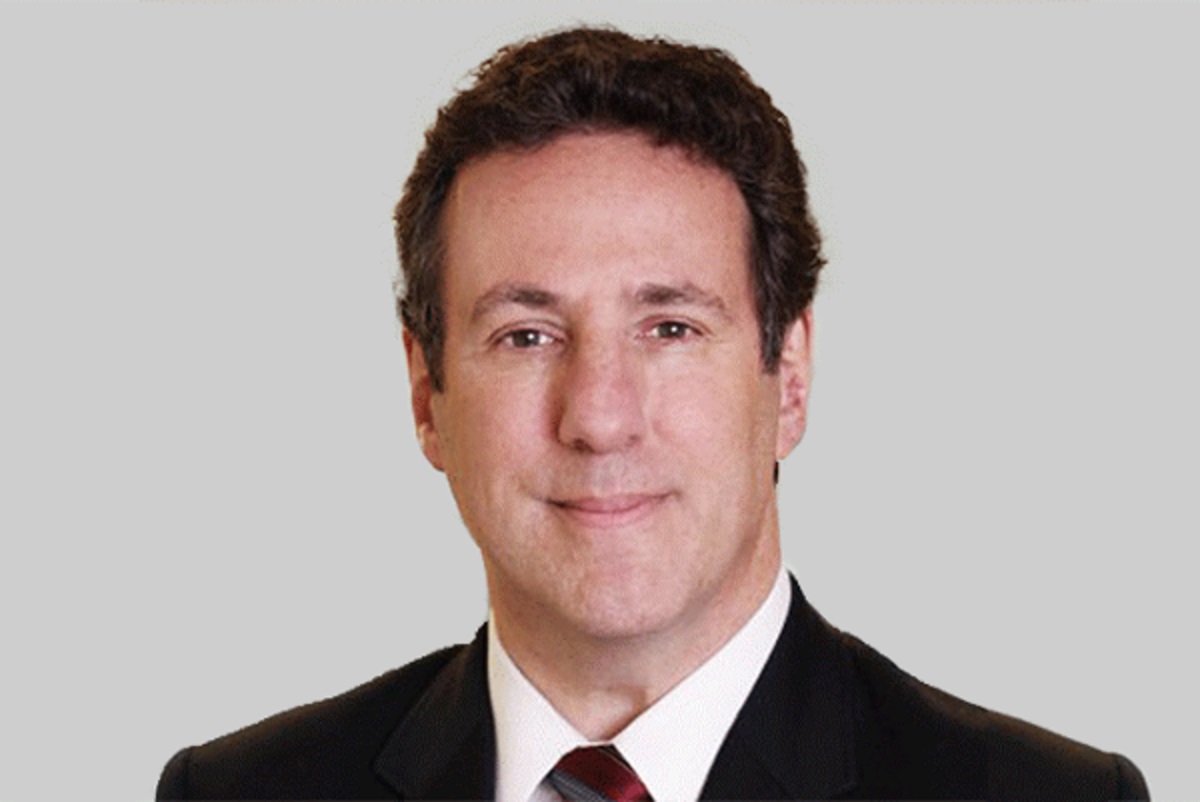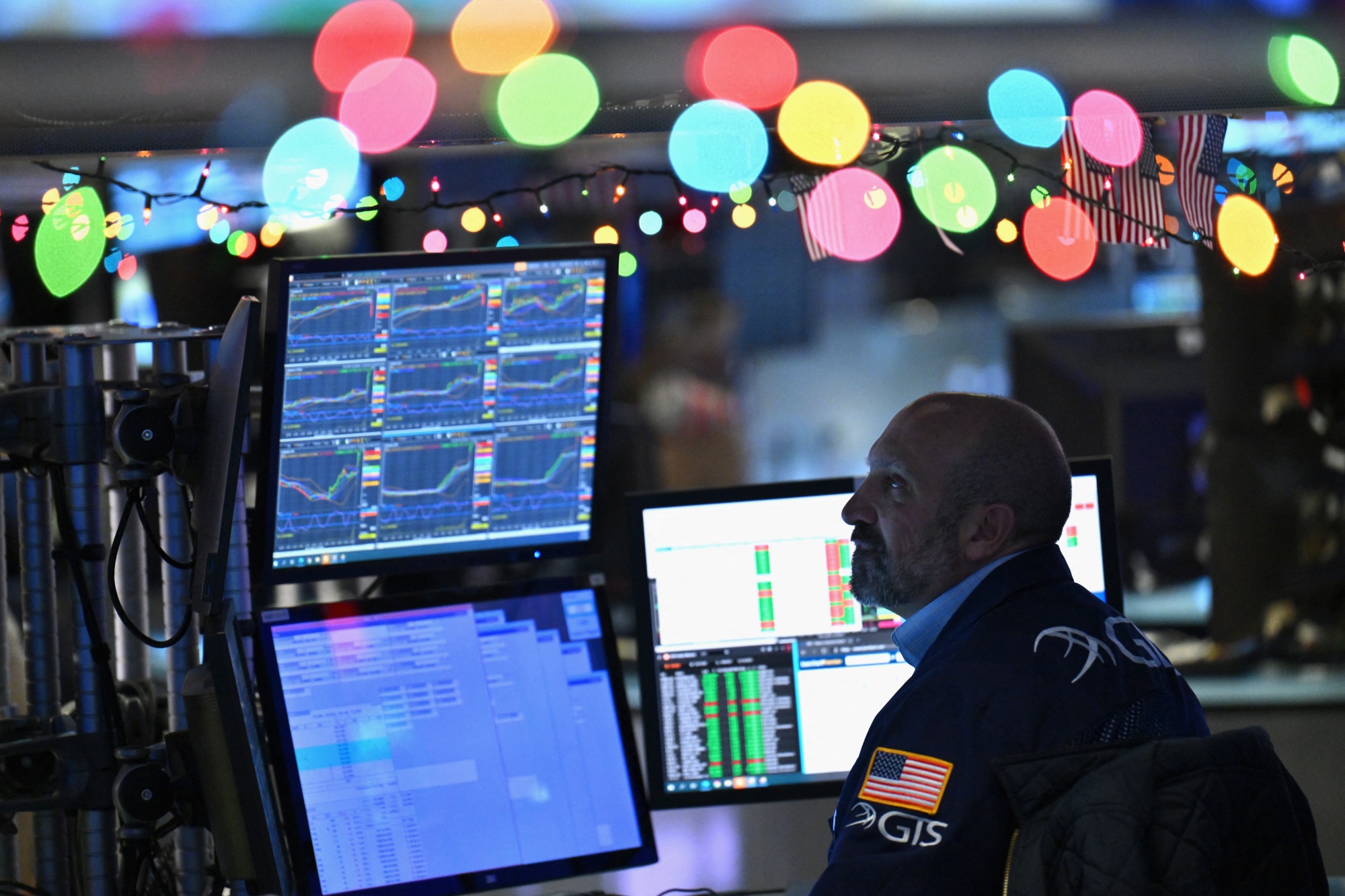On Friday, US stocks marked their most significant weekly gain in three months, as investors on both sides of the Atlantic embraced indications that major central banks are poised to reduce interest rates.
The S&P 500 experienced a slight 0.1 percent decline in the final trading session of the week. However, the index boasted a 2.3 percent increase since the previous Friday’s close, spurred by Federal Reserve chair Jay Powell’s suggestion on Wednesday to trim rates by three-quarters of a percentage point throughout the year.
This surge marked the index’s most substantial weekly rise since mid-December, amounting to over a 27 percent climb since its low in late October.
The Nasdaq Composite, dominated by tech stocks, also saw a modest 0.1 percent uptick on Friday, recording a 2.9 percent gain over the week, its most robust performance since mid-December.

Additionally, Bank of England governor Andrew Bailey’s remarks to the Financial Times, suggesting multiple reductions in UK borrowing costs this year, further buoyed investor sentiment.
London’s primary stock index witnessed its most robust week since September, rising by 0.6 percent to close at 7,930.92. The FTSE 100 had already climbed by 1.9 percent on Thursday, approaching its peak from February 2023.
Europe’s Stoxx 600 remained steady on Friday, posting a 1 percent gain for the week.

Florian Ielpo, of Lombard Odier Investment Managers, emphasized that the prospect of reduced borrowing costs lent greater sustainability to the rally compared to recent months, characterized by reliance on a few large stocks, particularly US tech giants.
In swaps markets, traders are now fully pricing in three quarter-point interest rate cuts from the Bank of England by the end of 2024.
The likelihood of a first cut by June surged to about 80 percent from 50 percent at the beginning of the week. Similar expectations exist for the Federal Reserve, with cuts anticipated to commence in June or July.
The Swiss National Bank took the lead in loosening monetary policy by unexpectedly trimming its headline interest rate by 0.25 percentage points to 1.5 percent on Thursday.
Bailey affirmed that rate cuts were under consideration for future Bank of England meetings, highlighting progress in addressing inflation concerns.
Japan’s Nikkei 225 index surged by 5.6 percent this week, despite the Bank of Japan’s first increase in borrowing costs since 2007. Traders found reassurance in signals indicating that the BoJ’s benchmark rate, remaining just above zero, would not sharply increase following Tuesday’s rise.







Leave a Reply